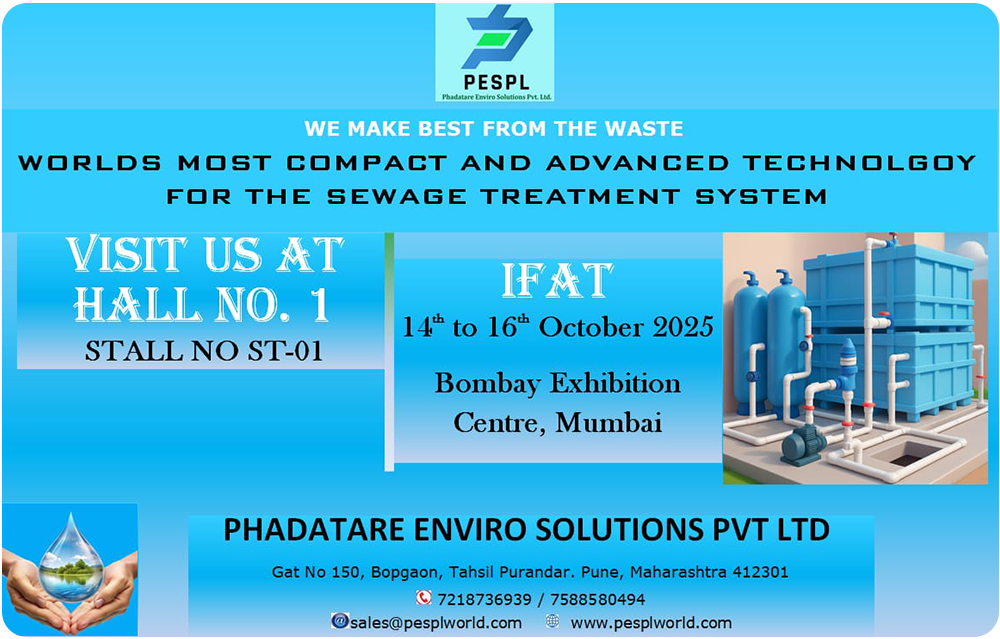As one of the leading Waste water treatment plant manufacturers, PESPL offers advanced and top- notch sewage treatment plants.
Our patented BIODRUM – advanced MBBR sewage treatment system is suitable to treat sewage from Municipalities, Residential communities, Commercial complexes, Industrial facilities, Schools, Hospitals etc.
At Phadatre Enviro Solutions Pvt. Ltd. (PESPL), we offer a comprehensive range of water and wastewater treatment systems designed to meet the unique needs of residential, commercial, and industrial clients. Our solutions combine cutting-edge technology, proven efficiency, and ease of use to deliver long-term performance with minimal maintenance.
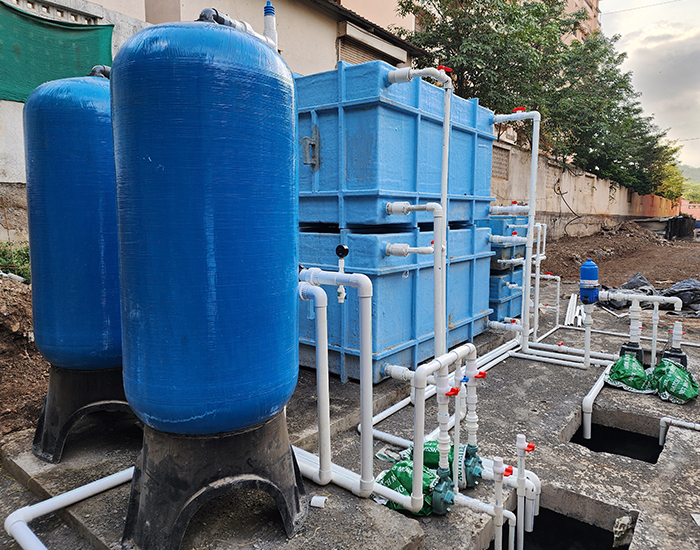
Perfect for: Housing complexes, commercial buildings, hospitals, institutions, and more.
|
Standard BIODRUM MBBR STP Modules Capacity
|
Standard STP Modules Size Ft W x Ft L x Ft HT
|
|---|---|
|
1 KLD
|
2 x 2 x 2
|
|
5 KLD
|
2 x 4 x 2
|
|
10 KLD
|
2 x 4 x 4
|
|
25 KLD
|
4 x 4 x 4
|
|
50 KLD
|
4 x 8 x 4
|
|
75 KLD
|
4 x 8 x 6
|
|
100 KLD
|
6 x 8 x 6
|
|
200 KLD
|
8 x 8 x 8
|
|
500 KLD
|
8 x 14 x 12
|
Note: The module’s capacity and size can be customized as per the client’s requirement and space availability.
At Phadatre Enviro Solutions Pvt. Ltd., we offer a complete, end-to-end sewage treatment process designed to effectively treat wastewater through multiple stages. Each phase is carefully engineered to maximize efficiency, meet environmental standards, and ensure sustainable water reuse or safe discharge.

This preliminary treatment is done in order to remove large and solid materials from the sewage. When wastewater enters a sewage treatment plant, it goes through screens, grit chambers, and an oil & grease trap. These are designed to filter out large debris like plastic bags, sticks, rags, stones, sand, and gravel. Large objects can damage equipment or block pipes later in the process. Removing them at the beginning makes the entire treatment process more efficient.

This process is for settling out solid particles.
The water is now moved into a large tank where it slows down. This allows heavier particles to settle at the bottom. These particles are called primary sludge. The lighter substances, like grease and oils, float to the surface and are skimmed off.
What remains in the middle is partially clarified water. This water still contains dissolved organic matter and tiny molecules.
Primary treatment removes around 50–60% of suspended solids. Once this treatment is completed, the wastewater is prepared for further cleaning processes.

Bacteria help break down the tiny organic particles in the wastewater.
Microorganisms (bacteria) are introduced to the wastewater. This organism feed on the organic pollutants and breaks them down naturally.
There are various procedures involved in secondary treatment are:
• Traditional Activated Sludge Process: Air is pumped into large aeration tanks to help bacteria grow and digest the waste.
• Conventional MBBR (Moving Bed Biofilm Reactor): Plastic media with biofilm help microorganisms cling and break down waste.
• SBR (Sequencing Batch Reactor): Wastewater is treated in batches, going through aeration and settling in the same tank.
After this biological treatment, the mixture is moved into a settling tank (secondary clarifier). At this stage, the persisting solids settle down and are removed as secondary sludge.
This step removes 85-90% of organic matter and harmful pathogens from the water and makes it much cleaner.

To further purify the water for reuse or safe
discharge.
Tertiary treatment is optional but essential when high-quality treated water is needed. It includes:
Filtration: Passing water through sand, charcoal, or membrane filters to remove remaining fine particles.
Disinfection: Killing any remaining bacteria and viruses using methods like:
• Chlorination
• UV radiation
• Ozonation
Tertiary treatment ensures the water is clean, clear, and safe for non-drinking reuse.
Our systems are perfectly suited for
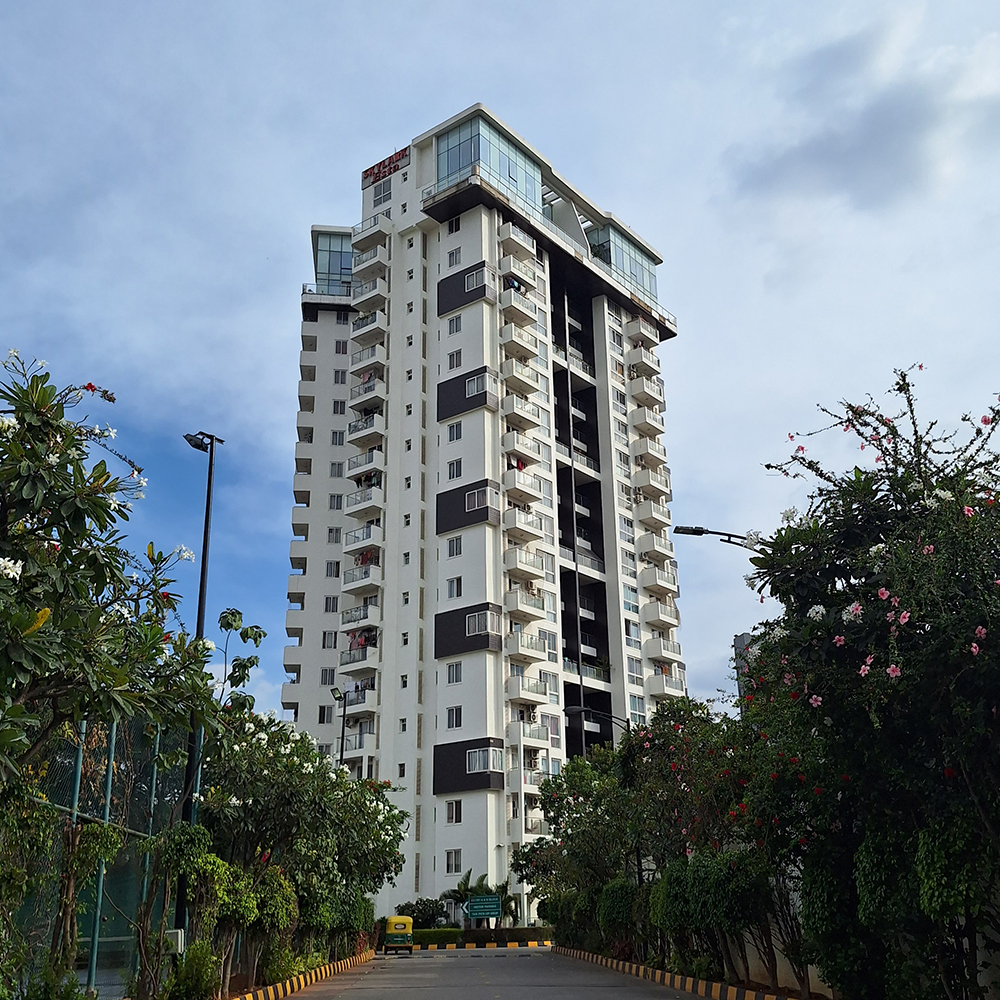

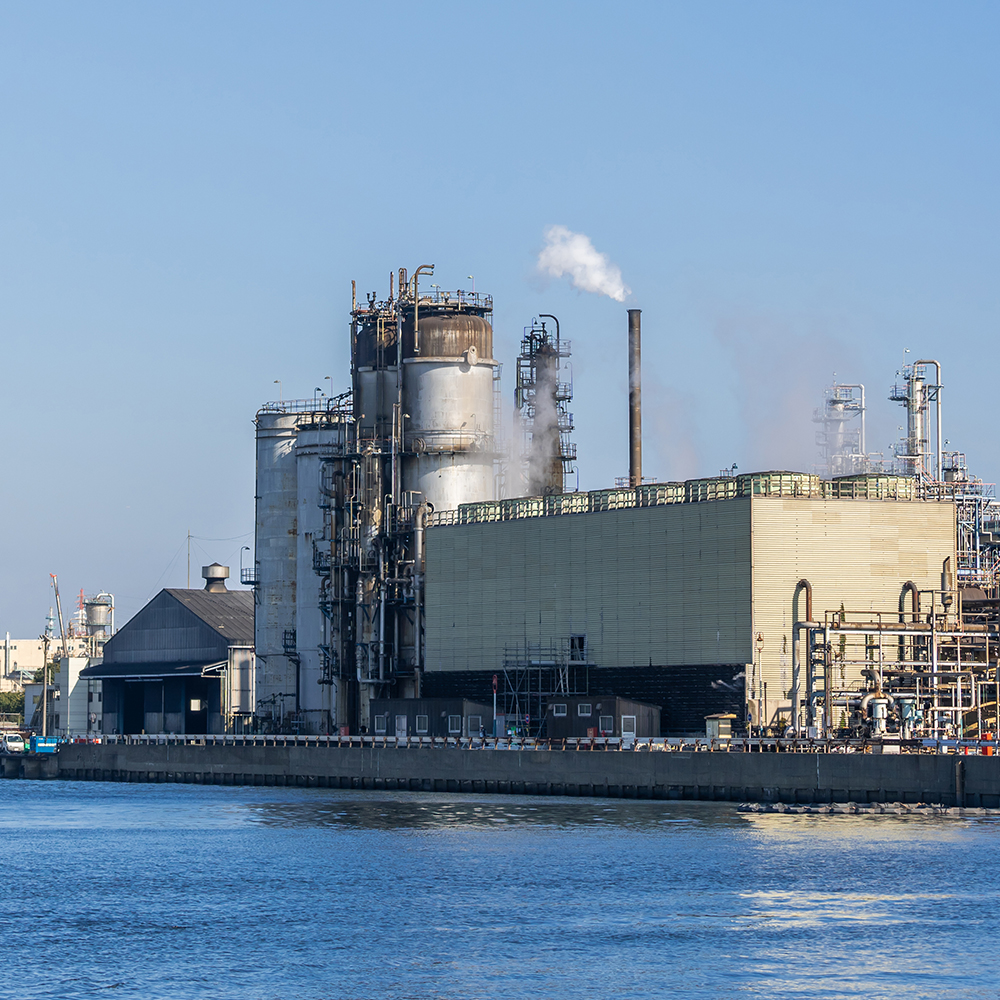
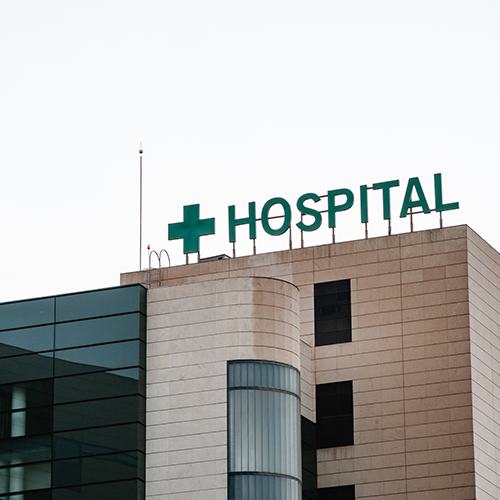
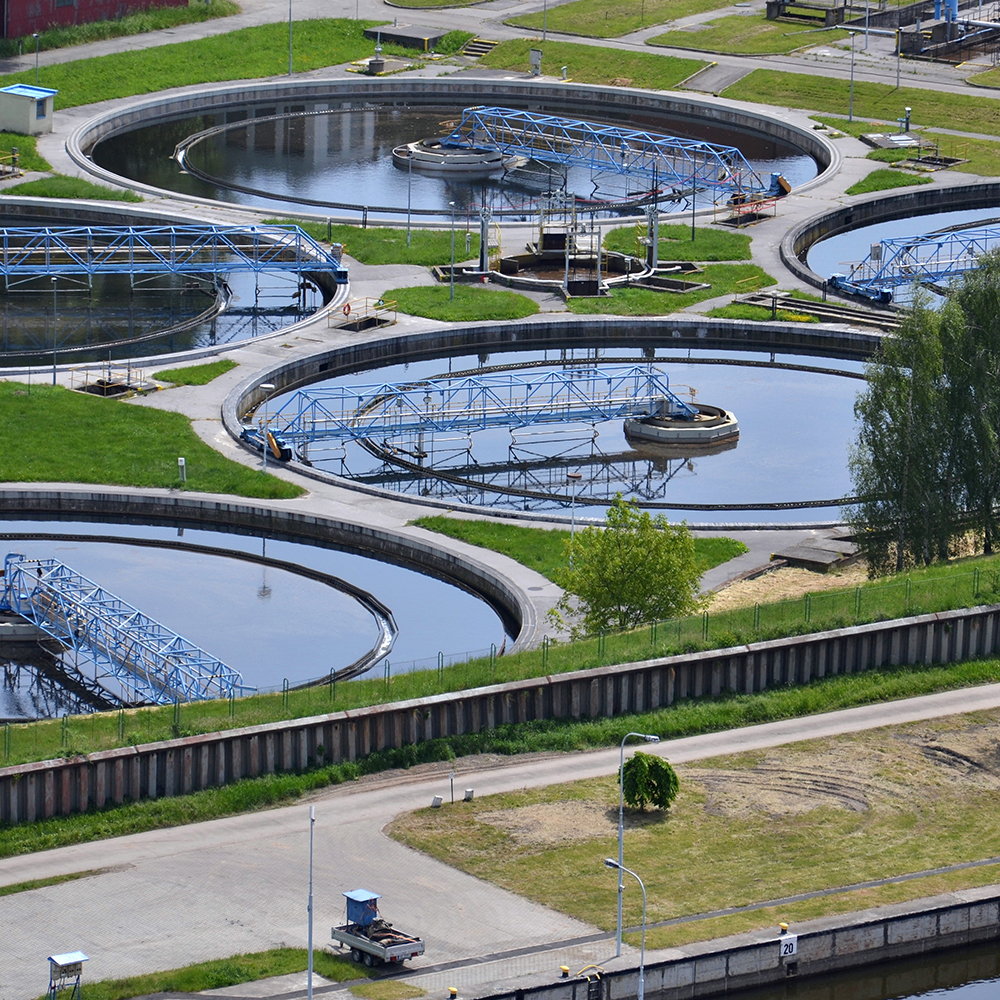
All our solutions are engineered to
